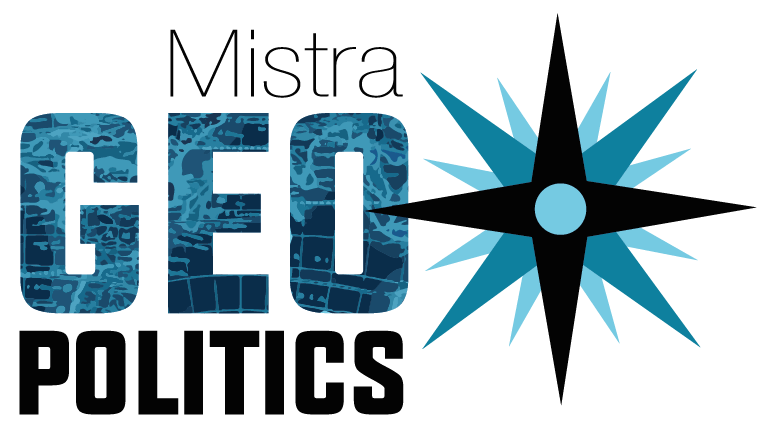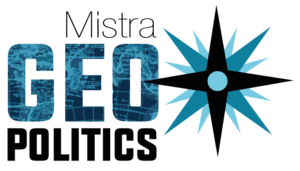This website uses cookies so that we can provide you with the best user experience possible. Cookie information is stored in your browser and performs functions such as recognising you when you return to our website and helping our team to understand which sections of the website you find most interesting and useful.
Deciphering the scientific literature on SDG interactions: A review and reading guide
Abstract
The 2030 Agenda includes 17 overarching Sustainable Development Goals (SDGs). These are integrated in nature, and a principle of indivisibility should guide their implementation. Yet, the 2030 Agenda itself does not provide guidance on what indivisibility means in practice, how the SDGs interact, or on how to assess these interactions. The fast-emerging field of what could be referred to as SDG interaction studies seeks to provide such guidance, but as of yet there is no general agreement on what it means to take an integrated approach to the SDGs. Hence, navigating the diverse research landscape on SDG interactions might prove challenging.
This paper aims to decipher the literature on SDG interactions by providing an overview of the current research, based on a sample of 70 peer-reviewed articles. The review explores four themes in SDG interaction research by mapping: (i) policy challenges typically addressed, (ii) ways in which SDG ‘interactions’ have been conceptualized, (iii) data sources used, and (iv) methods of analysis frequently employed.
Research gaps are identified, where perspectives largely missing include policy innovation, and integrated monitoring and evaluation. Further, few studies consider actor interactions, account for geographic spill-overs, analyze SDG indicator interactions, employ participatory methods, or take a whole-systems approach to the 2030 Agenda. Failing to address these gaps could lead to inefficient SDG implementation and delay goal attainment. Another contribution of the paper is a reading guide, proposing a way to decipher the literature along the themes emerging from the review, and offering a structure to code future papers.


 08/04/2020
08/04/2020

 Authors of this publication
Authors of this publication
